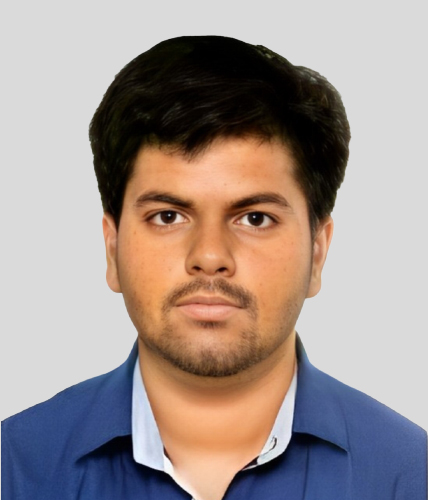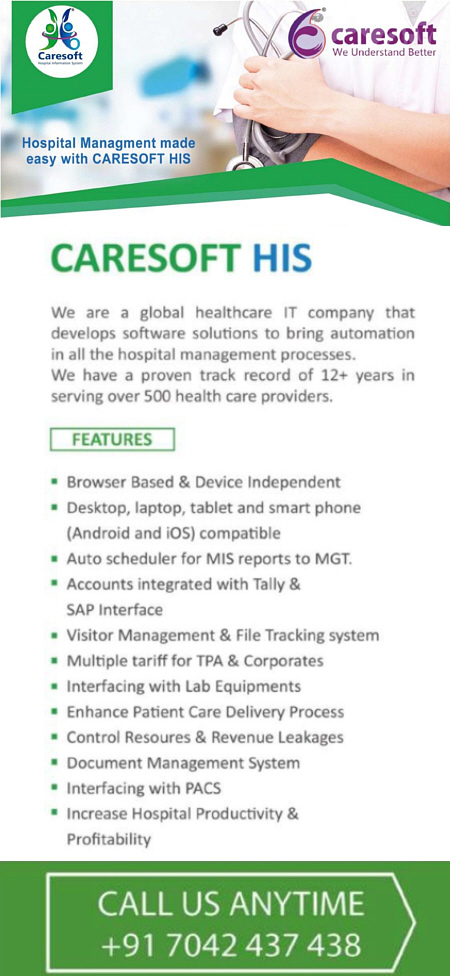Turning Paperwork into Profits: The Financial Fix Rajasthan Hospitals Need
Only by working together can hospitals and the government achieve the vision of a more financially stable, high-quality healthcare system that can serve the needs of the people of Rajasthan for years to come.
.jpeg)
Rajasthan’s healthcare system is undergoing a transformation, with a bold focus on improving the financial stability of its hospitals. As the state government implements a series of measures to ensure that health institutions reap the benefits of public health schemes like the Mukhyamantri Ayushman Arogya (MAA) Yojana and the Rajasthan Government Health Scheme (RGHS), the spotlight is on how hospitals can enhance their financial sustainability while providing quality care to the population.
Lets dive into how these initiatives aim to boost hospital revenues, streamline claim procedures, and address common challenges that healthcare facilities face in the public health landscape. With a strong emphasis on operational efficiency, the government is sending clear instructions to healthcare administrators to ensure that claims under these schemes are processed without deficiencies, thus protecting the financial interests of hospitals and improving overall healthcare delivery.
In Rajasthan, two significant healthcare schemes, MAA Yojana and RGHS are playing a pivotal role in shaping the financial framework of the state’s hospitals. Designed to ensure that citizens have access to high-quality, affordable healthcare, both schemes aim to generate a consistent revenue stream for hospitals, further enabling their growth and improvement.
Under MAA Yojana, patients can receive cashless treatment in both public and private empaneled hospitals. This means that patients can avail themselves of medical treatment without worrying about upfront payments. The government reimburses hospitals for the treatments provided, ensuring that healthcare providers receive compensation for their services. This approach enhances access to healthcare while simultaneously safeguarding the financial health of participating medical institutions.
Meanwhile, RGHS extends cashless medical facilities to a wide range of state government employees and their families, including ministers, MLAs, ex-MLAs, All India Services officers, and both serving and retired employees of state autonomous bodies. The system is designed to provide OPD consultations under reimbursement, while IPD cases receive compensation for the actual expenses incurred by the hospital. The idea is simple: these funds are then reinvested into the hospitals to enhance their infrastructure and services.
One of the significant concerns faced by many government hospitals is the lack of financial stability. With limited revenue sources, hospitals struggle to improve infrastructure, update equipment, and enhance patient care. Both the MAA Yojana and RGHS offer a potential solution by creating a reliable stream of income.
For hospitals, these schemes provide a direct route to additional funding that is essential for their growth. Since treatment costs are reimbursed by the government, hospitals can reinvest this revenue to improve infrastructure, increase the number of medical professionals, and upgrade medical technology. This revenue stream not only stabilizes the financial standing of hospitals but also contributes to their long-term viability.
A government official explained, “The funds generated through these schemes will be used to improve the infrastructure and facilities of hospitals, making them more equipped to handle the growing demand for quality healthcare.”
In the past, hospitals in the public sector were often hindered by budgetary constraints. Now, through the MAA Yojana and RGHS, these institutions are provided with a mechanism to earn revenue that can be used to improve both service delivery and patient outcomes.
Despite the promising framework of these schemes, challenges remain in terms of claims processing and reimbursement. One key issue that the state government is addressing is deficiencies in claims filed under the MAA Yojana. Many hospitals have reported that claims are rejected by insurance companies due to incorrect documentation or incomplete submissions. This results in the loss of potential revenue for hospitals, creating a financial strain.
To address this issue, the Rajasthan government has issued clear instructions to hospital administrators, chief medical health officers, and principal medical officers. The government has called for stricter oversight and better monitoring of the claims process to ensure that all claims are completed correctly, with no deficiencies. This proactive approach is aimed at minimizing the risk of claims being rejected and ensuring that hospitals receive the payments they are owed.
“Properly executed claims will increase the revenue of health institutions. If a claim is rejected, the insurance company benefits, and the hospital's financial situation remains weak,” said a state government official. By carefully managing the claim process, the government aims to ensure that hospitals benefit from the full value of the treatments provided to patients under the MAA Yojana.
In addition to improving claims processes, there is a growing emphasis on ensuring the financial sustainability of government hospitals in the long run. The state government is considering charging higher fees for enhanced UG seats in medical colleges as part of an effort to generate additional revenue. This proposal is in line with the government’s broader goal of making medical institutions self-sustaining and less dependent on external funding.
As stated by Dr. Sharan Prakash Patil, the Minister of Medical Education and Skill Development, “The government hospitals should not be solely dependent on government funds. By charging appropriate fees for enhanced seats, we can generate more revenue, which will help hospitals grow sustainably.”
This strategy could offer long-term benefits by ensuring that medical institutions do not rely solely on government budgets but can generate their own income to support their operations. A diverse funding base could also insulate hospitals from the impact of budget cuts or policy changes.
Another crucial aspect of the MAA Yojana is the empanelment process. Empaneling hospitals with the scheme is a key responsibility of the Rajasthan State Health Assurance Agency. This agency ensures that only the most qualified and capable hospitals are included in the program, guaranteeing that patients receive top-notch medical care.
As the healthcare system grows, it’s essential that the government takes steps to ensure that all hospitals involved in the MAA Yojana meet the necessary standards. By continuously monitoring and evaluating participating hospitals, the Rajasthan government can ensure that the system remains robust and that healthcare quality does not deteriorate as more institutions join the scheme.
For healthcare administrators, the implementation of these schemes represents both an opportunity and a challenge. The opportunity lies in the ability to generate revenue through reimbursements and claims under the MAA Yojana and RGHS. However, the challenge is ensuring that claims are accurately filed and processed to prevent financial losses due to rejected claims.
Additionally, the idea of making hospitals financially self-sustaining through fee hikes and better management of funds is an important step in the right direction. Hospitals must adapt to these changes by improving their financial management systems and working closely with the government to ensure a smooth implementation of these new strategies.
The Rajasthan government’s push to enhance the financial health of its hospitals through the MAA Yojana and RGHS is a forward-thinking move that promises significant benefits for healthcare institutions across the state. By creating a dependable source of revenue and addressing issues related to claims and hospital sustainability, the government aims to make its healthcare system more efficient, self-sufficient, and responsive to the needs of the people.
However, for these initiatives to succeed, healthcare administrators must take an active role in ensuring the smooth execution of these schemes. This includes closely monitoring claims, ensuring that documentation is complete and accurate, and exploring alternative revenue-generating strategies that align with the government’s long-term goals. Only by working together can hospitals and the government achieve the vision of a more financially stable, high-quality healthcare system that can serve the needs of the people of Rajasthan for years to come.
As healthcare systems worldwide continue to face financial pressures, Rajasthan’s model may serve as a valuable case study in balancing revenue generation with quality patient care, an ongoing challenge in the modern era of healthcare
 Sunny Parayan
Sunny Parayan
#HealthcareReform #HealthForAll #PublicHealth #SmartHealthcare #RajasthanHealthcare #RajasthanDevelopment #HealthPolicy #EfficientHealthcare #SustainableHealthcare #FutureOfHealthcare
